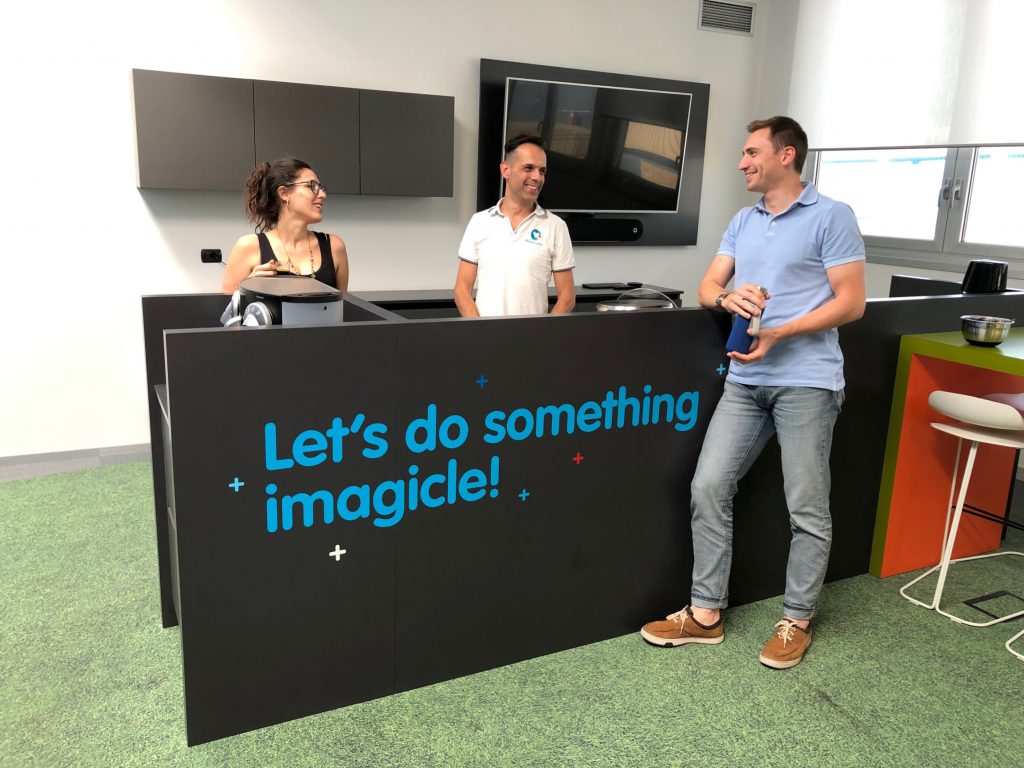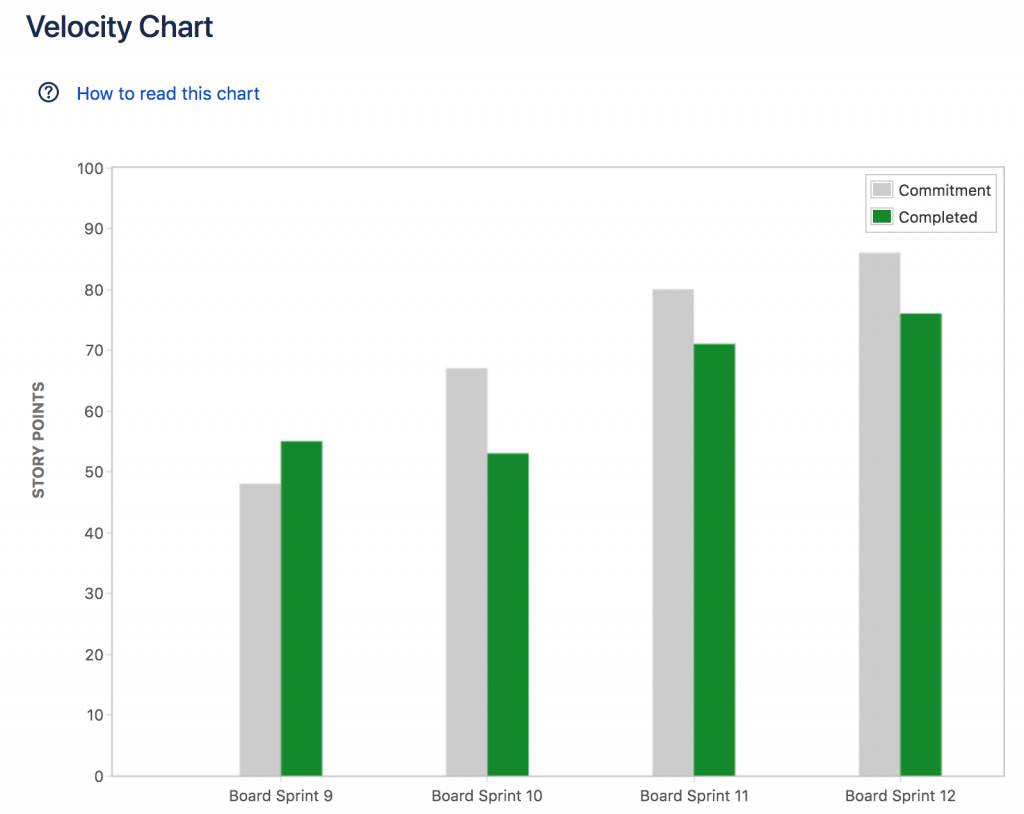 Bernardo Federigi - 19 June, 2019 - 9 ’ read
Bernardo Federigi - 19 June, 2019 - 9 ’ readAgile marketing: change your mindset, embrace flexibility and rock your team.
In a time of lean resources and an ever-accelerating business pace, marketing teams need to be more responsive than ever before. Designed initially for complex software development projects, Scrum is also a useful approach to help marketing teams identify and focus their efforts on high-value activities and continuously improve the results over time. In this post, you'll find out step by step how to use Agile marketing to increase transparency and efficiency, and build a marketing team that delivers results (and actually rocks!).
Agile Marketing.
Introducing Scrum into the Marketing team.
How Scrum works.
Stories, epics, sprints.
Sprint is a time-boxed unit of work in which the scrum team will deliver the Sprint goals.
Team Roles.
Product Owner.
Scrum Master.
Team members.
The Process.
Backlog.
Sprint Review and Planning.
Stand up
Stand up

Tools.

Outcomes.
Possible improvements and what’s next.
#stayimagicle
Agile marketing is an effective way to structure your team and refine the way you organize your daily work. It promotes adaptive planning, continuous improvement, and encourages a flexible response to change. Before you know, you’ll be able to improve communications and team cohesion and continually adjust to achieve the greatest result, thus improving customer satisfaction and your overall efficiency.
The only, simple truth is that Scrum makes sense.
That’s why you’ll end up loving it.
You might also be interested in…
-
Products BlogCall Deflection: Enhancing Customer Experience and Agent ProductivityLearn how call deflection can make customer service more efficient and save everyone's time.
-
Use Case BlogContact Center Optimization: 3 Essential Tips for ManagersContact Center Optimization: three tools to bring it to the next level and facilitate customer satisfaction and loyalty.
-
Use Case BlogWhy Recording Call and Contact Center Calls Is EssentialUnlock insights and elevate customer service with advanced call recording and analytics from Imagicle.
Products Blog
Call Deflection: Enhancing Customer Experience and Agent Productivity
Learn how call deflection can make customer service more efficient and save everyone's time.
Use Case Blog
Contact Center Optimization: 3 Essential Tips for Managers
Contact Center Optimization: three tools to bring it to the next level and facilitate customer satisfaction and loyalty.
Use Case Blog
Why Recording Call and Contact Center Calls Is Essential
Unlock insights and elevate customer service with advanced call recording and analytics from Imagicle.








0 Comments